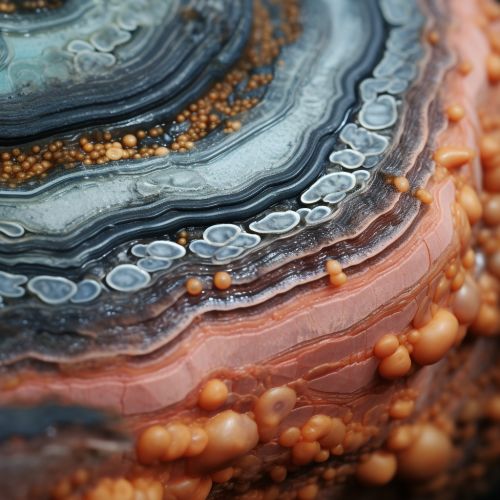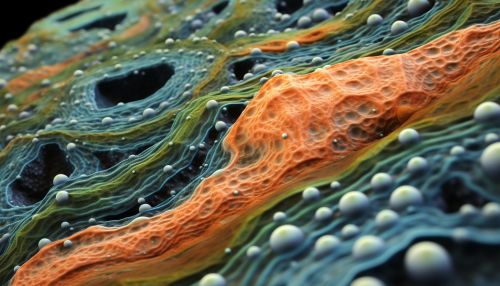Gastrula
Introduction
The Gastrula is a stage in the embryonic development of animals. It is a structure formed by the invagination of the blastula, resulting in a multi-layered organism with distinct germ layers: the ectoderm, mesoderm, and endoderm. The process of gastrulation is a critical phase in the life cycle of most animals, leading to the formation of the body plan and the differentiation of cells into various tissues and organs.
Gastrulation
Gastrulation is the process by which the gastrula is formed from the blastula. This involves a series of cell and tissue movements whereby the blastula, a hollow sphere of cells, is dramatically restructured to form the three germ layers of the gastrula. The process of gastrulation varies among different groups of animals, but usually involves changes in cell shape, migration of cells, and apoptosis.
Ectoderm
The Ectoderm is the outermost germ layer of the gastrula. It gives rise to the skin and its appendages, the nervous system, and the sensory organs. The ectoderm is formed during gastrulation when certain cells at the surface of the blastula move to the interior.
Mesoderm
The Mesoderm is the middle germ layer of the gastrula. It gives rise to the muscles, the skeletal system, the circulatory system, the excretory system, and most of the reproductive system. The mesoderm is formed during gastrulation when cells from the surface of the blastula move to the interior, between the ectoderm and endoderm.
Endoderm
The Endoderm is the innermost germ layer of the gastrula. It gives rise to the lining of the digestive tract, the respiratory system, and the liver and pancreas. The endoderm is formed during gastrulation when cells from the surface of the blastula move to the interior, beneath the mesoderm.


Gastrulation in Different Animal Groups
Gastrulation occurs differently in various animal groups, reflecting the diversity of animal forms and life histories. However, the fundamental process of cell movement and differentiation into germ layers remains the same.
Gastrulation in Mammals
In mammalian embryos, gastrulation involves the formation of a primitive streak, through which cells migrate to form the mesoderm and endoderm. The ectoderm forms from cells that remain on the surface of the embryo.
Gastrulation in Birds
In avian embryos, gastrulation also involves the formation of a primitive streak. However, the process is somewhat different from that in mammals due to the presence of a large amount of yolk in the egg.
Gastrulation in Fish
In fish embryos, gastrulation involves the formation of a blastodisc, a flattened area on the surface of the yolk. Cells migrate inwards at the margin of the blastodisc to form the mesoderm and endoderm.
Gastrulation in Amphibians
In amphibian embryos, gastrulation involves the invagination of cells at the vegetal pole of the egg, forming a blastopore. The cells that enter the blastopore form the endoderm and mesoderm, while the cells that remain outside form the ectoderm.
Significance of Gastrulation
Gastrulation is a critical phase in the development of most animals. It establishes the basic body plan and initiates the process of organogenesis, the formation of organs. Gastrulation also determines the spatial arrangement of cells, which is crucial for the subsequent processes of cell differentiation and morphogenesis.
